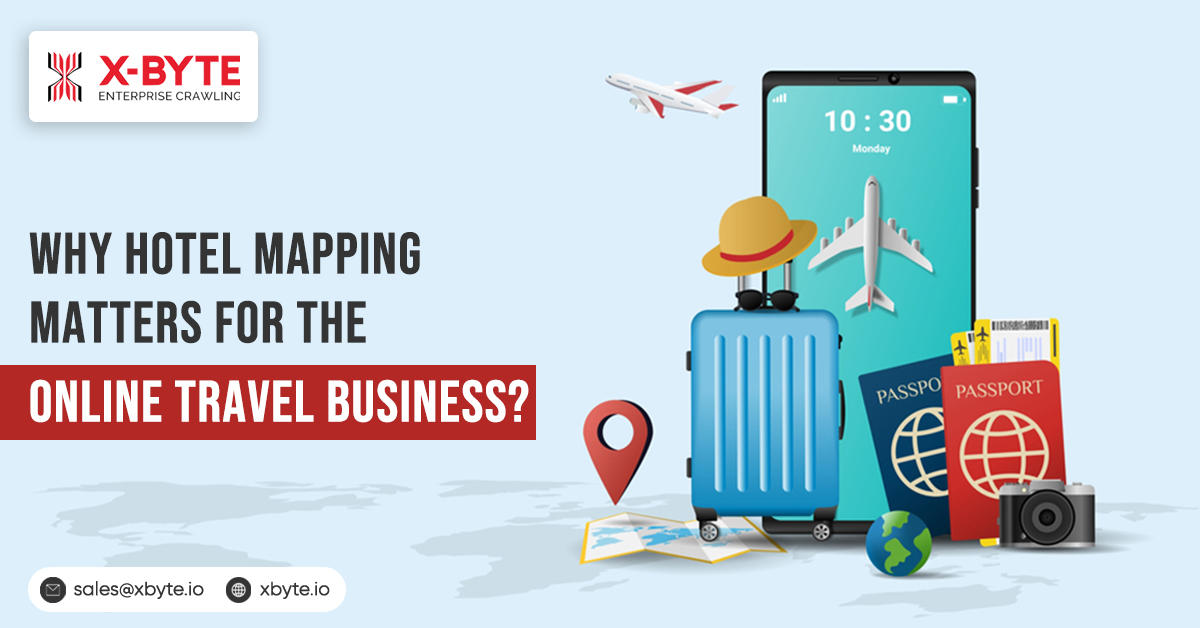
The online travel market is booming, and people increasingly turn to digital platforms to plan their trips. Can you believe that in 2021, the global online travel market was worth a mind-blowing $743.1 billion?
And according to Statista, it is projected to skyrocket to $1,686.5 billion by 2027. That’s a crazy growth rate of 13.1% every year.
Now, with all these travelers booking their accommodations online, it is no surprise that online travel businesses face some challenges. One of the biggest is ensuring that hotel information is accurate and consistent across different platforms. That’s where hotel mapping comes to the rescue.
Dynamic Hotel Mapping is like a magical bridge that connects the different hotel databases with the online travel against and hotel aggregates and helps your customers make informed decisions when booking.
This article explores why hotel mapping solutions matters for the online travel business, highlighting its significance and key benefits to OTA.
What Is Hotel Mapping?
Hotel Room Mapping for online travel agents is like creating a handy translation guide between different systems used by hotels and online travel platforms. It helps ensure that hotel information, like room types, amenities, and prices, is accurately displayed across various websites.
For example, suppose travelers are planning a trip and browsing a popular travel website. They can find a great hotel deal, but the room description needs to be added, or the amenities listed differ entirely from what they had expected. That’s where hotel mapping comes in.
You can work with thousands of hotels, each using their unique way of organizing and describing their rooms and services. Hotel mapping solution bridges the gap between these systems, ensuring the hotel’s data gets properly translated and displayed on the travel agent’s website.
Why is Hotel Mapping Important?
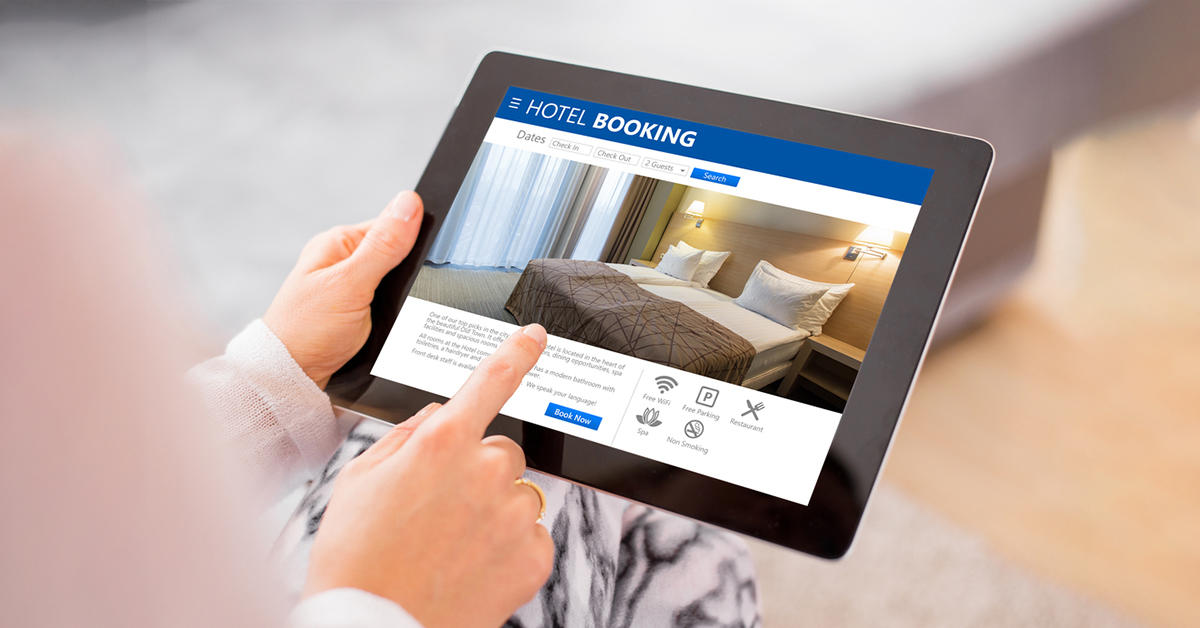
It is super important for online travel businesses to give customers the best bang for their buck. It is all about getting the right information on prices and availability. Let me break it down for you with two scenarios that can seriously cramp an OTA or Tour Operator’s style:
Scenario 1
|
Source
|
Source ID
|
Price
|
Status
|
Internal ID |
|
Supplier 1 |
ABC |
$630 |
Mapped |
125 |
|
Supplier 2 |
DCB |
$620 |
Mapped |
125 |
|
Supplier 3 |
GHI |
$610 |
Not Mapped |
|
So, imagine this situation: You are running an online travel business and come across three different records for the same hotel called “Hotel Ocean.” The catch is that these records are from different suppliers, and your system only automatically knows that they are all referring to the same hotel. This is where hotel mapping comes into play.
Once you go through the mapping process and match the IDs to your internal database, you successfully figure out that Rows 1 and 2 correspond to the correct hotel in your database. This allows you to offer potential buyers a minimum price of $620 for Hotel Ocean.
However, there is a hiccup. The $610 record does not match any hotel in your system. It is like a rogue record that does not fit anywhere. This becomes a problem because you cannot offer the price of $610 to potential buyers. This situation is known as a False Negative.
Now, this False Negative can lead to missed opportunities for revenue. Why? If a customer sees that your competitors are offering Hotel Ocean for a lower price, they are less likely to book it from you at a higher price. So, you end up losing out on potential earnings because your system couldn’t recognize and offer the lower price to customers.
Here is another example to help you understand the importance of hotel mapping. Imagine we have a list of hotels and are trying to find the right information for a hotel in Palm Beach. But, uh-oh, there is a mix-up! In our list, “Hotel Orange” is mistakenly mapped as the Miami Beach hotel instead of the Palm Beach one.
Scenario 2
|
Source
|
Hotel Name |
Source ID
|
Price
|
Status
|
Internal ID |
| Supplier 1 | Hotel Ocean | UYZ | $630 | Mapped | 125 |
| Supplier 2 | Hotel Ocean | XYZ | $620 | Mapped | 125 |
| Supplier 3 | Hotel Ocean | JKL | $610 | Incorrectly Mapped | 125 |
So, imagine this scenario: You are running an online travel business, and a user is searching for a sweet deal on Hotel Ocean in Palm Beach on your website. But here is the twist: your system needs clarification and shows them the price of $610 for what it thinks is the Palm Beach hotel.
The user, thinking they have struck gold, throws a big wedding bash and books a whopping 20 rooms before the offer disappears. Who can resist such amazing prices, right?
Now here is where the problem comes in. Your online travel agency (OTA) is now stuck with a bill of at least $600 ($30 multiplied by 20) because the cheapest room in that hotel was $30 more expensive than the customer booking. Ouch!
But wait, it gets worse. Sometimes, already taken or unavailable rooms get mistakenly marked as “booked” on your website. This leads to frustrated customers, who might leave bad reviews and spread the word about their negative experiences.
And let me tell you, in the cutthroat world of online travel, that kind of negativity can seriously hurt your future profits.
So, it is essential to have a good hotel mapping solution in place. It helps prevent these mix-ups, ensures accurate pricing and availability, and keeps customers happy. That way, you can avoid costly mistakes and maintain a stellar reputation in the online travel industry.
Key Components of Hotel Mapping
Here are some of the key components of Hotel Mapping:
- Geographical Information
Dynamic Hotel mapping is the process of finding out exactly where hotels are located on a map. It includes marking the map to show the hotel’s address, coordinates, or nearby famous attractions.
- Categorization and Classification
Hotels are grouped into different categories, such as star ratings, amenities, and price range. This process is called mapping. It helps to organize hotels into different classes, such as luxury, budget, boutique, or bed and breakfast.
- User Reviews and Ratings
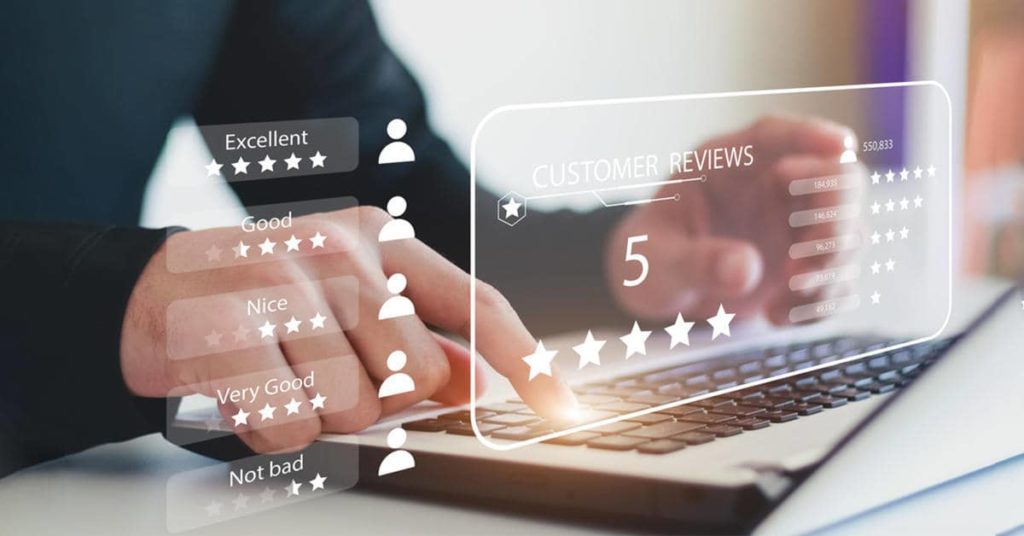
Hotel mapping solution uses user reviews and ratings to help travelers make better choices. For example, it shows average ratings and individual reviews from sites like TripAdvisor or Yelp.
- Interactive Map Interface
A dynamic hotel mapping system is a special tool that helps you easily find hotels. It has a map you can play around with – you can move it around, zoom in and out, and use filters to search for hotels based on your wants. It is a great way to find hotels where you want to stay quickly.
- Pricing and Availability
Mapping platforms often include up-to-date information about hotel prices and room availability. This means users can easily see the current rates, discounts, and whether rooms are available, all displayed directly on the map. It’s a handy way to compare different options without any hassle.
- Hotel Details and Descriptions
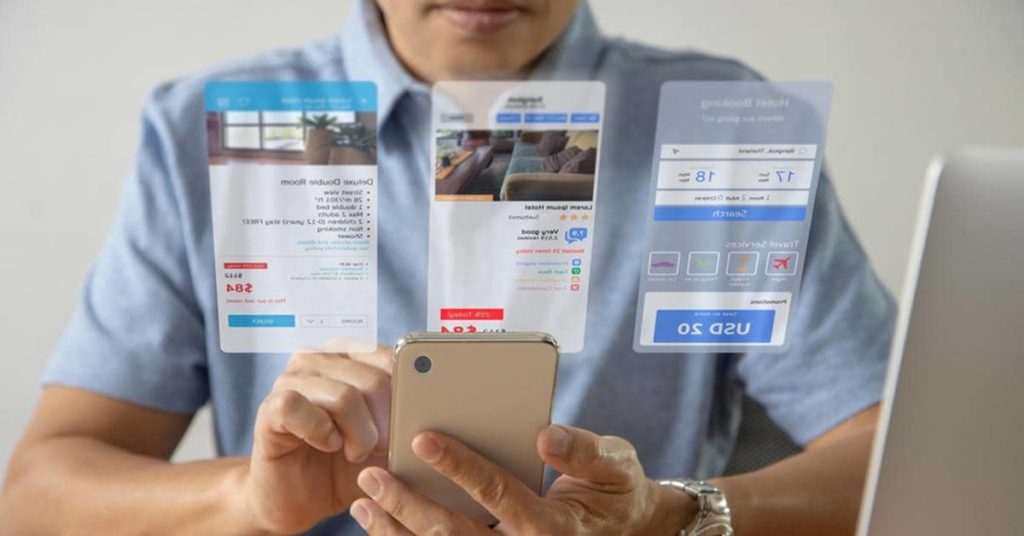
It involves giving users clear and detailed information about each hotel. This information can include descriptions, amenities, different types of rooms, and photos. It helps users get a good idea of what to expect from each hotel.
- Integration with Booking Platforms
Mapping hotel work together with online booking platforms so that users can easily book their preferred hotel right from the map. This makes booking a hotel much simpler and hassle-free.
- Customization and Personalization
Top hotel mapping platforms let you personalize your search. You can use filters to look for amenities such as swimming pools, pet-friendly accommodations, or hotels offering complimentary breakfast.
Benefits of Hotel Mapping
Hotel room mapping is crucial for online travel agents (OTAs) in providing travelers with a seamless and efficient booking experience. It involves creating a systematic and organized structure of hotel data that helps OTAs categorize and present hotel options to their customers. Let’s dive into the benefits of hotel mapping for online travel agents.
1. Enhanced Search and Filtering
Dynamic Hotel mapping helps OTAs provide better search and filtering options for their customers. By mapping other hotel listings, OTAs can ensure that users get comprehensive and relevant search results, making it easier for travelers to find the perfect accommodation based on their preferences, such as location, amenities, price range, and more.
2. Improved Content Quality
Through Hotel Mapping, OTA can maintain content quality across different platforms. It helps them standardize hotel information, such as room types, descriptions, images, and amenities. By ensuring consistent and accurate content, OTAs can build trust with their customers and provide reliable information, leading to higher customer satisfaction and repeat bookings.
3. Seamless Booking Experience
With hotel mapping, OTAs can provide a seamless booking experience for their customers. When travelers find a hotel on an OTA’s platform, they can be confident that the hotel they book is the same as the one they researched elsewhere. This consistency eliminates confusion and ensures a smoother booking process, improving customer loyalty and positive word-of-mouth recommendations.
4. Partnership Opportunities
Hotel mapping also opens up partnership opportunities for OTAs. By mapping hotels across various platforms, OTAs can establish strong relationships with hotel chains, independent properties, and other travel-related businesses.
This collaboration can lead to mutually beneficial agreements, such as negotiated rates, exclusive promotions, and access to special inventory, which ultimately enhances the OTA’s competitiveness in the market.
5. Inventory Management
Hotel mapping allows OTAs to manage their inventory effectively. As an OTA, they need to keep track of the availability of rooms in each hotel, including different room types and pricing options.
By mapping hotels and their room inventory, OTAs can update the availability in real-time, ensuring that customers see up-to-date information. It helps prevent double bookings and provides accurate availability data to customers, reducing the chances of disappointment during the booking process.
6. Cross-Selling Opportunities
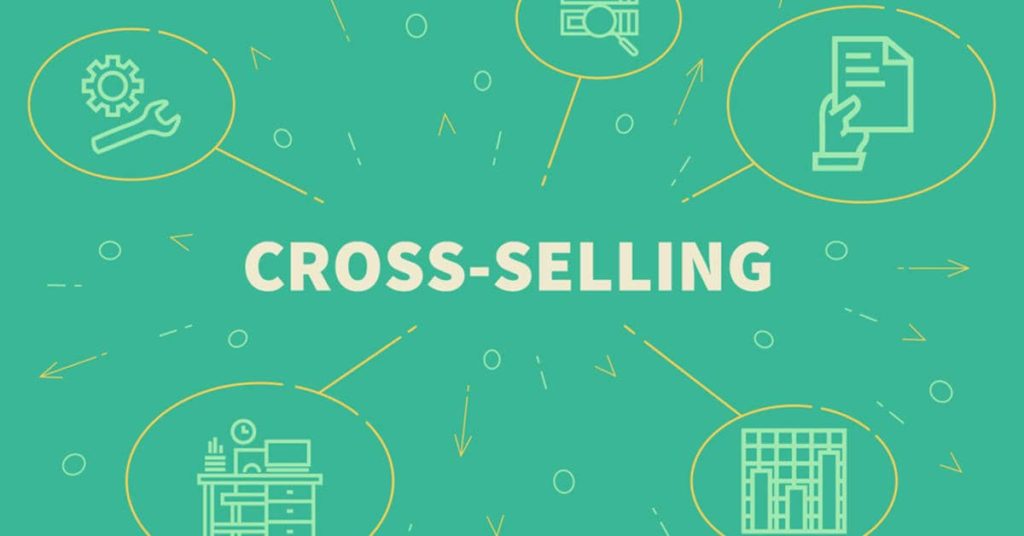
Hotel mapping enables OTAs to offer additional services and upsell opportunities. For example, if you book a hotel room, the OTA can suggest related services like airport transfers, sightseeing tours, or restaurant reservations.
With hotel mapping, OTAs can link hotels with relevant services and present them to customers, enhancing their overall travel experience. It’s like having a knowledgeable travel companion who can recommend additional options tailored to your needs and preferences.
7. Improved Rate Management
Hotel room mapping assists OTAs in managing rates and pricing strategies effectively. Hotels have different room categories, rates, and policies depending on seasons, weekdays, or special events. By mapping hotels and their rate structures, OTAs can accurately display pricing information, including discounts, promotions, or dynamic pricing. It helps customers make informed decisions while ensuring the rates presented are up-to-date and consistent across platforms.
The Best Approach for Hotel Mapping
Regarding hotel mapping solutions, one of the top-notch approaches is web scraping. Why? We effortlessly scrape and integrate information from hotel chains, independent hotels, and local suppliers, ensuring you have a comprehensive and accurate data repository. With X-Byte, you can wave goodbye to the nightmare of inconsistent and unreliable hotel information across platforms.
Its exceptional efficiency in standardizing and consolidating data sets X-Byte apart from the competition. Say goodbye to the tedious and time-consuming task of manually harmonizing hotel details.
We effortlessly take care of this for you, providing a streamlined and consistent user experience. By leveraging X-Byte’s prowess, you can guarantee your users access to up-to-date and reliable information, making their hotel selection process a breeze.
Conclusion
In conclusion, hotel mapping is super important for the online travel business. It is like the secret sauce that helps provide accurate and up-to-date info about hotels on different platforms. By using hotel mapping, online travel companies can improve the user experience, keep customers happy, and stay ahead in the crazy competitive industry.
With the online travel market exploding like crazy, hotel mapping is a must-have. It helps manage inventory like a pro and makes booking a breeze. If you’re in the online travel biz, jump on the hotel mapping train. Your business will skyrocket while giving your customers the best travel options.
